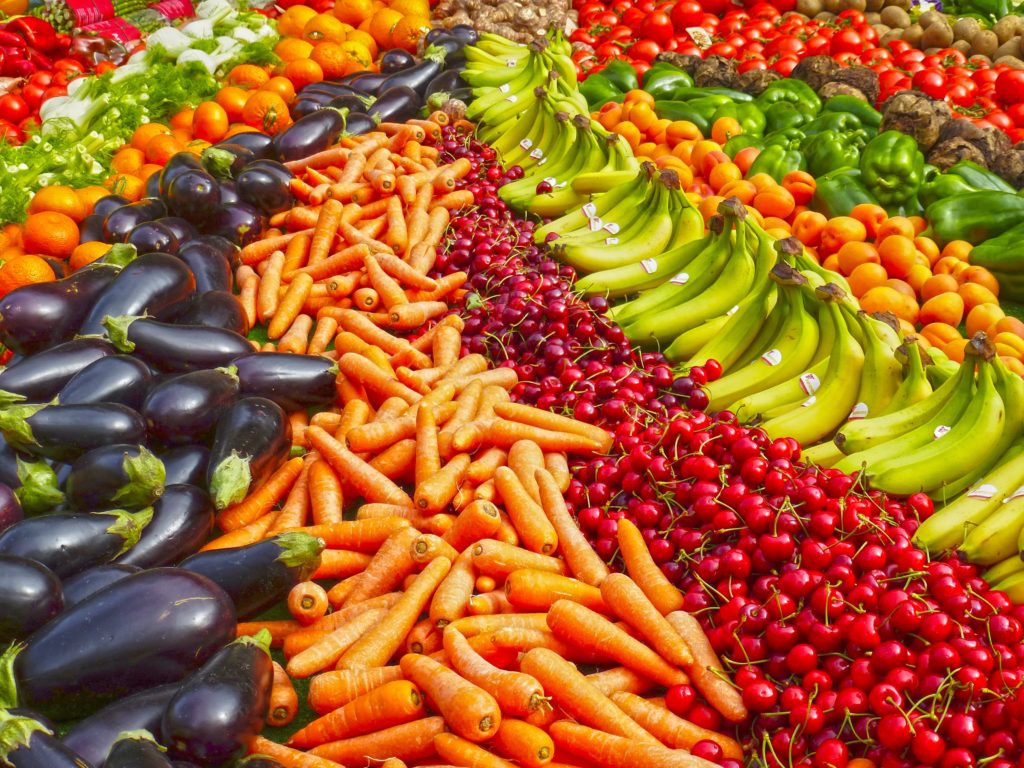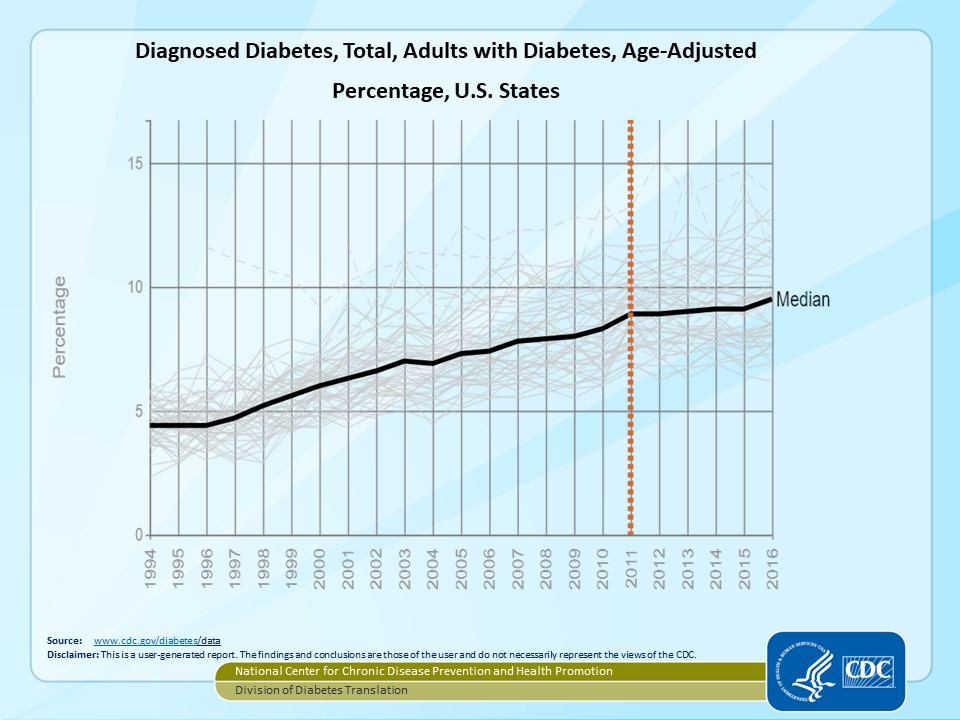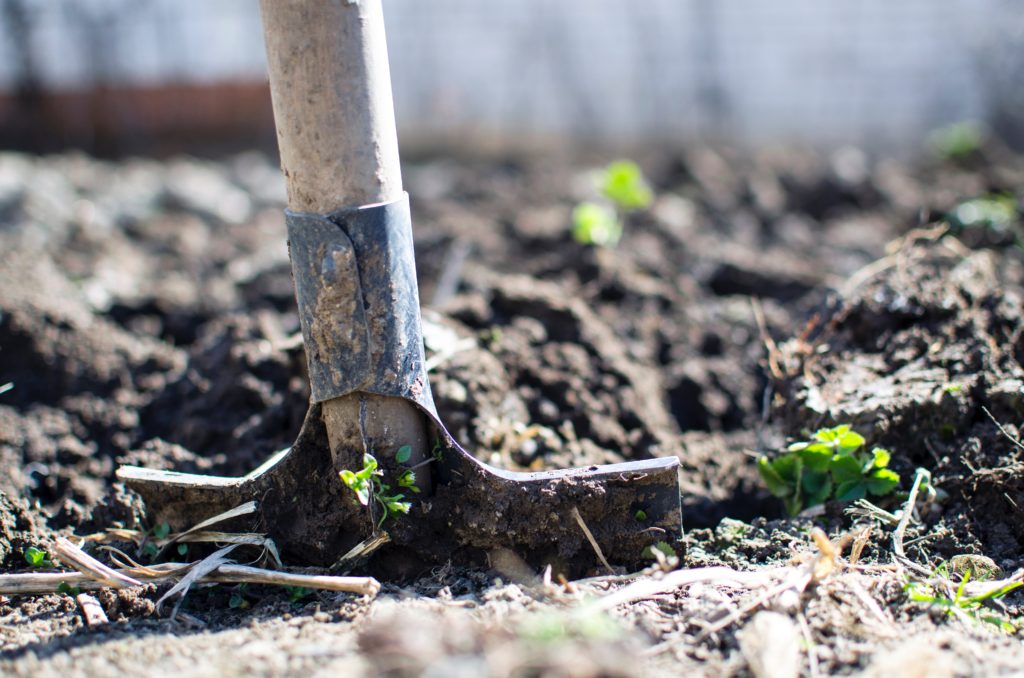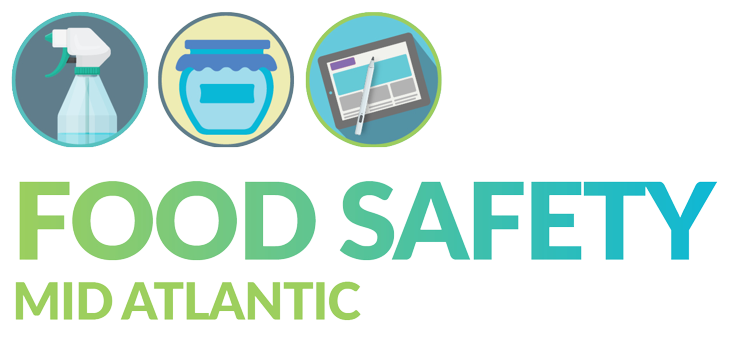
Have you observed that there is a great injustice in the food system? That many people do not have access to nutritious food? Have you wondered what you could do to help? This inequality in the food supply was the one of the reasons I left academia and started the Food Industry Employment Program. I was frustrated because I could see that the food supply was not fulfilling the true needs of the consumer or the public. While we were being told that manufacturers supplied the consumer’s demand for high fat, high sugar and high salt food products; this carefully ignored the fact that the demand came from the ease at which these were available to manufacturers.
I saw the disconnect from the wealthy-healthy food movement. This is made up of mostly white people at my local food coop or shopping at Wholefoods. They have little, if any, conception of how food is made and how much it really cost to get food to the table.
The percentage of people with diabetes doubled in 20 years from ~4.7% deaths in 1996 to 9.5% deaths 2016 and heart disease continues to be the top cause of death in the USA.. People from low economic backgrounds suffer more from the lack of fresh fruit and vegetables and the consequences of the trauma of poverty and a poor diet. Why is that, and what can we do?

One way for me is to consider what I am learning from the readings I have found through Food Solutions New England Racial Equity Challenge.
“The challenge is designed to create dedicated time and space to build more effective social justice habits, particularly those dealing with issues of race, power, privilege, and leadership. Participation in an activity like this helps us to discover how racial injustice and social injustice impact the food system, to connect with one another, to identify ways to dismantle racism and become better leaders for a more just, equitable food system.”

A couple of the initial readings really help me put the different terminology into perspective. What do the different terms like social justice, racial equity, and food sovereignty really mean? First of all, we need to recognize that for some people the current food system is working fine. They have work, they are paid well, they get enough healthy nutritious food to eat. For those of us who recognize that the food system is problematic, there are different approaches that can be taken. In this Food First backgrounder, Eric Holt-Giménez describes four different approaches to changing the food system:
- Food Enterprise
- Food Security
- Food Justice
- Food Sovereignty
The first two don’t really change the current system as much as build on it. The World Bank, the International Monetary Fund and multi-national corporations are part of this form of change. The last two are food movements. In the backgrounder, food justice is given as a progressive change, which while still working in the current food system, makes changes by economically and otherwise supporting minorities, local food producers, farm laborers and food workers. Food sovereignty is a radical restructuring and reinventing the food system. In the food sovereignty model of change, the people who make the change are the people most affected by that change.
I tend to hover between these last two. I grew up with privilege and I have worked in the food industry long enough to recognize that radical change is challenging and for it to occur there would have to be a political restructuring in many governments and in the United Nations. The focus/mission of the World Bank and International Monetary Fund would have to be totally redirected. I’m not sure how the food sovereignty movement builds the power needed to change international organizations.

In the meantime, I continue to help food entrepreneurs and small food businesses work their way through the myriad of food regulations, so that they can stay compliant and grow their businesses by producing high quality and safe food. We are changing the food system one step at a time through our commitment to values such healthy, agroecology, fair trade, and fair labor. In that way we build a sustainable and resilient food system.

Image description: In the center there is a round barbecue on which there is some corn on the cob still wrapped in the leaves, some slices of lemon, and many skewers with vegetables and vegetables and meat. Hands are holding some of the skewers and we can see hands of different skin tones. There is green grass below the bbq. Photo by rawpixel.com from Pexels
What can you do to help?
If you are into radical action, look at organizations like Via Campesina, the Coalition of Immokalee Workers, the Detroit Black Community Food Security Network, Baltimore’s Black Yield Justice, Soil Generation in Philadelphia, and other similar food groups working on Food Sovereignty. Do you know who is working on food sovereignty in your neighborhood? For UK readers perhaps you could see what Global Justice is doing action on food sovereignty. If you are not US/UK based, who is working on food sovereignty in your country? Leave a comment below and I will share that information in a later blog post.

If you want to something less radical, what about helping out at your local food bank or food pantry? Or perhaps look an opportunity to help at a community garden or glean foods that are not harvested. Shopping at a farm stand or local farmers market is an action to change and you get fresh, tasty food from a local farmer. Or find your Slow Food chapter.
Leave a comment below to let us know what you are doing or plan to do to make food more accessible to all.


Lots of great information here. Very helpful article. Thank you!
This is a topic that is near to my heart… Cheers!
Exactly where are your contact details though?
There is a contact form linked to on the top menu. If you complete that I will reach out for further connection.